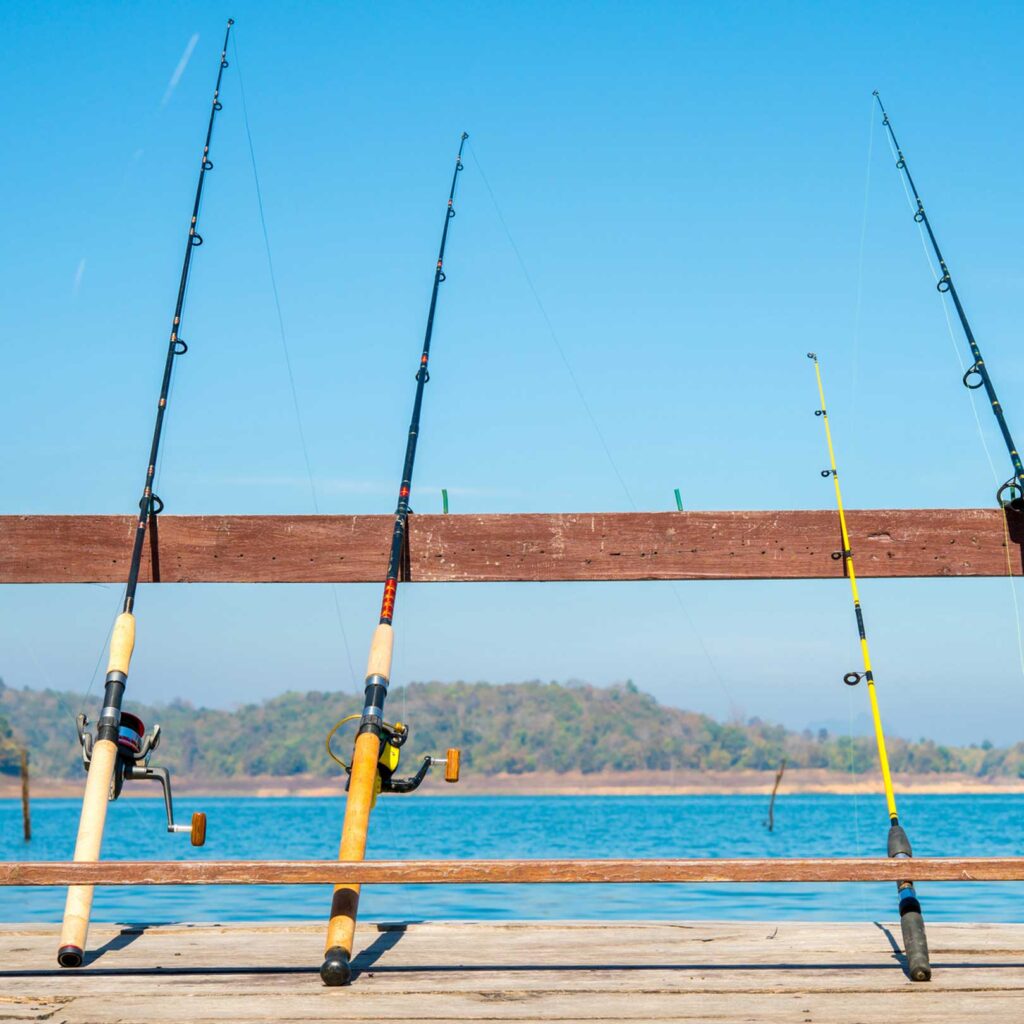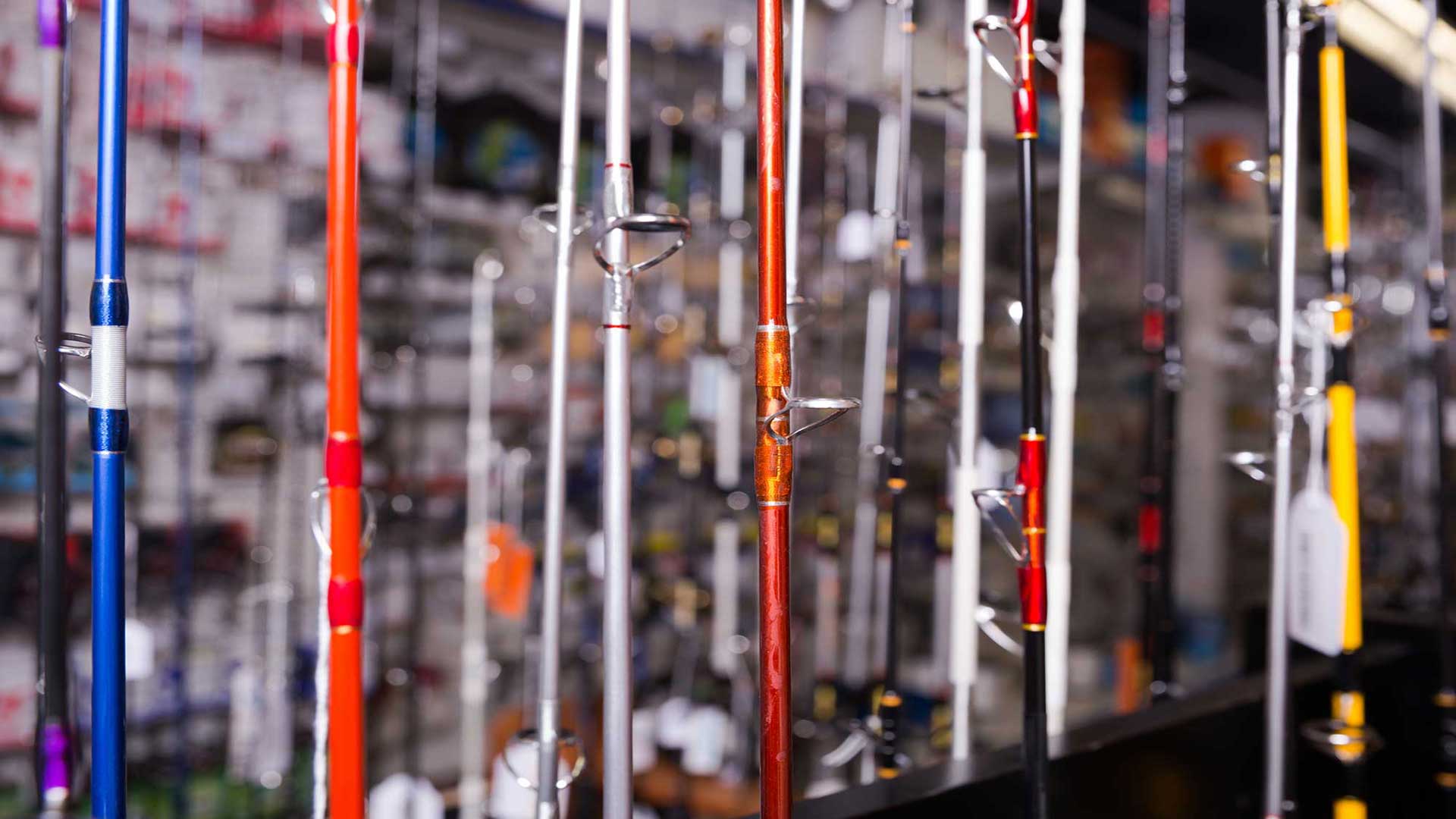Choosing the Right Fishing Rod: Sea vs Lake Fishing Explained
Whether you’re just starting out or looking to upgrade your gear, choosing the right fishing rod is essential for improving your technique and increasing your chances of a great catch. The rod you use can greatly depend on the type of fishing you plan to do – especially when comparing sea fishing to lake fishing in the UK.
Sea Fishing Rods: Built for Strength and Distance
When it comes to sea fishing in the UK, you’ll need a rod that’s durable enough to handle saltwater conditions and strong enough for bigger fish like cod, bass, or mackerel.
What to Look for in a Sea Fishing Rod:
- Rod length: 10–13 feet for shore casting
- Power: Medium-heavy to heavy action for bigger catches
- Material: Carbon fibre or composite for corrosion resistance
- Rod type: Surfcasting rods or boat rods depending on location
- Top tip: Pair your rod with a saltwater-resistant reel and regularly rinse your gear to prevent corrosion.

Lake Fishing Rods: Precision and Finesse
For lake fishing, the target species like perch, carp, and pike require a different setup. These rods are generally shorter and more sensitive for precise casts and bites.
Key Features of a Lake Fishing Rod:
- Rod length: 6–10 feet depending on technique
- Action: Light to medium for better control
- Material: Lightweight graphite or carbon fibre
- Rod type: Match rods, float rods, or feeder rods

Sea vs Lake Rod Comparison at a Glance
| Feature | Sea Rod | Lake Rod |
|---|---|---|
| Length | 10–13 ft (shore), shorter for boat | 6–10 ft |
| Power | Medium-heavy to heavy | Light to medium |
| Use Case | Casting far or battling strong fish | Precision and finesse |
| Ideal Target Fish | Bass, cod, mackerel, pollock | Carp, perch, pike, tench |



